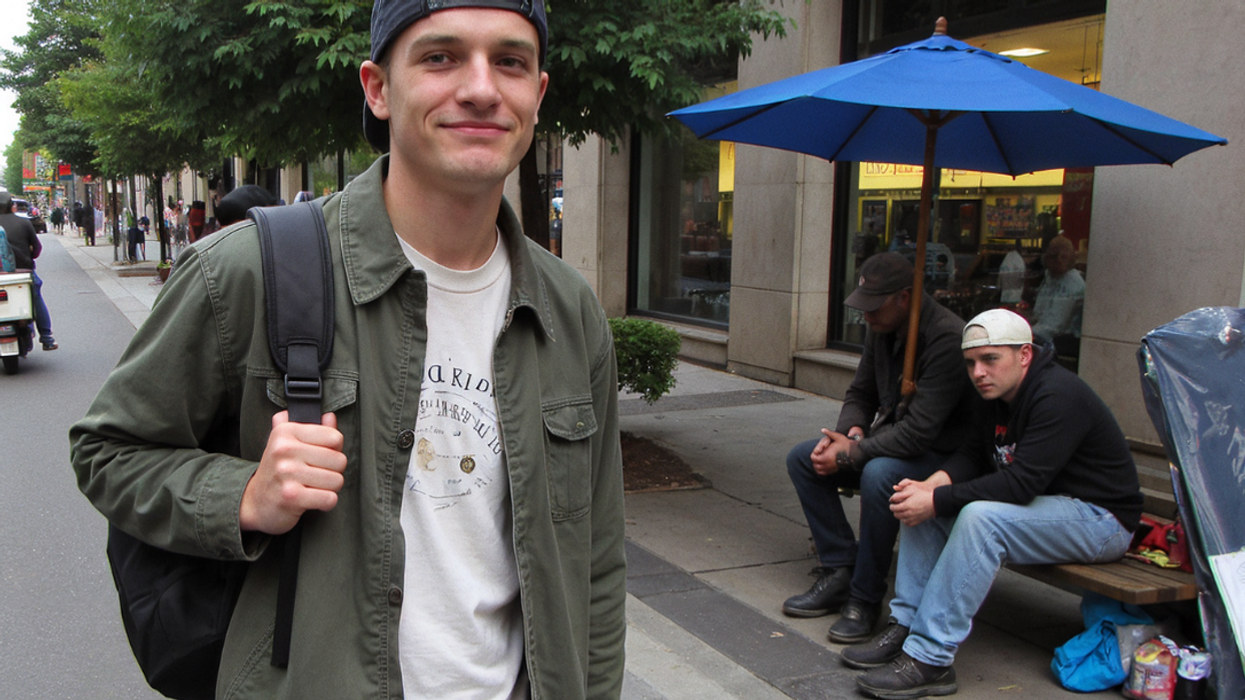What began as a slapdash Facebook event created in the days following the 2016 presidential election by a handful of white women with no grassroots organizing experience resulted Saturday in a staggering, record-breaking global demonstration of solidarity and resistance. Nearly 5 million people are estimated to have gathered in the streets around the world to protest the inauguration of Donald Trump and the polarizing regime his administration has already begun to usher in. With over 670 sister rallies held in all 50 states and on every continent (including Antarctica), the Women’s March on Washington—initially intended to highlight women’s issues before expanding its official platform to include civil rights for people of color, the LGBTQ and disability communities, and refugees and undocumented immigrants—is now being called the largest U.S.-centric protest in history.
[quote position="right" is_quote="true"]When decades of social and political history have shown that large-scale resistance often sacrifices minority causes, what does ‘solidarity’ mean?[/quote]
Major media outlets have cited solidarity and unity of purpose as the key to the demonstration’s success, but in its wake, many of those with the most at stake, particularly people of color, have reserved some doubts about what this burst of civic mobilization will mean going forward. When decades of social and political history have shown that large-scale resistance often results in the sacrifices of minority causes, often in the name of the greater (mostly whiter, straighter, and cisgender) good, what does “solidarity” mean?
At the heart of Saturday’s protest was the Washington, D.C., rally, which hosted well over half a million marchers mere steps from the White House, where this tension was on full display. It was hard to forget, in a sea of pink cat-eared “pussy hats” and overwhelmingly white and cisgendered women marchers, that it took weeks of conflict before the founders ceded leadership to seasoned organizers of color, adopting a radically inclusive mission statement.
Attendees—crammed into nearly every corner of the National Mall and Independence Avenue so tightly that it was impossible to fidget, let alone change location, yielding not a few emergencies including panic attacks and vomiting—showcased a staggering array of causes, varying as much by age (second-wave feminists’ signs exclaimed “I CAN’T BELIEVE I STILL HAVE TO PROTEST THIS”), personal priority (rights for the undocumented, Palestinian independence, anti-Islamophobia, climate change, universal healthcare), and degree of seriousness (several signs took aim at the new president’s tiny hands, fake tan, and other embarrassing recent revelations).
Featuring notable performers and speakers, four hours of scheduled programming that preceded the march was cut short due to restlessness from a claustrophobic crowd. March co-chair Tamika Mallory and legendary activist Angela Davis delivered succinct yet fiery sermons against white supremacy and the “heteropatriarchy,” though several at the podium appeared to be unaware of just how stressful things had gotten for marchers on the ground. Second-wave feminist icon Gloria Steinem was generous in her brevity, her speech roundly cheered and applauded, though her statement about how “there are women here, I know, who have survived a national and global sex industry that profiteers from body invasion” was seen by many as unfairly characterizing sex workers.
Meanwhile, white celebrities like Ashley Judd, Madonna, Scarlett Johansson, and Michael Moore were afforded what seemed to trapped marchers like extra-long time slots to perform monologues that served as reminders to progressive, civically engaged feminists why Planned Parenthood and voting are important.
Instances like these, coupled with organizers’ late-game emphasis on inclusivity, left women of color, in particular, with lingering doubts about the longevity of Saturday’s widely proclaimed victory. Among the celebration, hugs, and chants, many in the crowd wondered aloud where the millions of white people who turned out were when Black Lives Matter activists were being assaulted for protesting anti-black police brutality, or on behalf of Standing Rock and Flint, Michigan.
“I cannot put into words how heartbreaking it is to see grown adults that I know and love decide only now to take to the streets,” writer and activist Ijeoma Oluo posted on Facebook yesterday. “I’m glad you’re doing something. But...weren’t we worth it before? Why weren’t we reason enough? Where have you been? And where will you be once this doesn’t impact you directly anymore?”
The difference in tone, both among marchers and police presence, between the Women’s March and other (less safe, less “official”-seeming) protests, in which comparatively few straight white allies took part, did not go unnoticed. Canadian activist and tech entrepreneur Saadia Muzaffar wrote on Facebook:
“Look at the photos. Notice how many white people are taking mementos, selfies, group photos—smiling faces as evidence of their certificate of goodness and having-done-something—and contrast that with what black and brown people [face] when we protest. Rubber bullets. Tear gas. Tasing. Pepper spray. Mass arrests. This dissonance is exhausting.”
Also on Facebook, publisher Hugh D.A. Goldring added, “Everywhere I go in America there are earnest liberals performing their anxiety. The disconnect between their expressed concern and their proposed remedies is jarring.”
[quote position="full" is_quote="true"]The next phase for agitators must harness Saturday’s unfocused fury, turning it into a true united front rooted in an organized platform with a distinct political plan.[/quote]
What comes next for the anti-Trump resistance will depend on how consistently these activists will engage and turn out for causes that are not their own; whether they’ll continue to phone their federal and state representatives after the inauguration and confirmation hearing hubbub dies down. It’s quite possible that what was started as an arguably superficial gesture at unity will evolve into one that holds the most powerful dissenters accountable for the least powerful.
But to do so, resisters must first reckon with complex issues of intersectionality. Will the self-described “pro-life feminists” who turned out with a huge banner proclaiming that “abortion is a tool of the patriarchy” remain welcome in the movement? On Saturday, pink pussy hats and a number of signs emphasized female genitalia as central to their human rights, in response to the pre-election revelation of Donald Trump’s incorrigible statements about grabbing women by their sex organs without their consent—leaving many trans women in attendance unsure of their place.
Saturday was a landmark day for civil disobedience, one that will be remembered for years to come. But to counter conservative claims that the marches were simply “sour grapes,” the next phase for agitators must harness Saturday’s unfocused fury about the rhetoric and promised policies of Trump’s administration, turning it into a true united front rooted in an organized platform with a distinct political plan. The inclusive strategy outlined in The Indivisible Guide, developed by former congressional staffers who observed the rise of the Tea Party after Obama took office, should prove a useful tool for the growing resistance.














